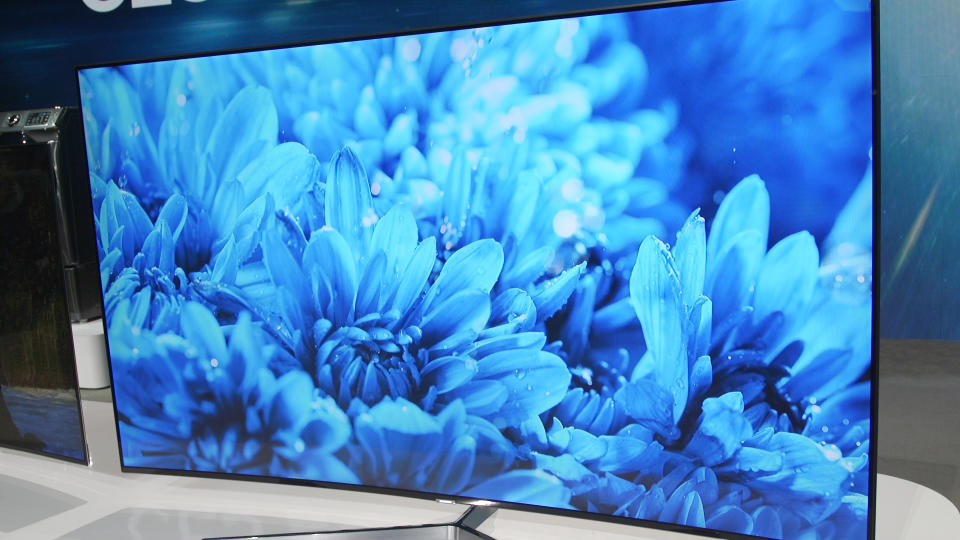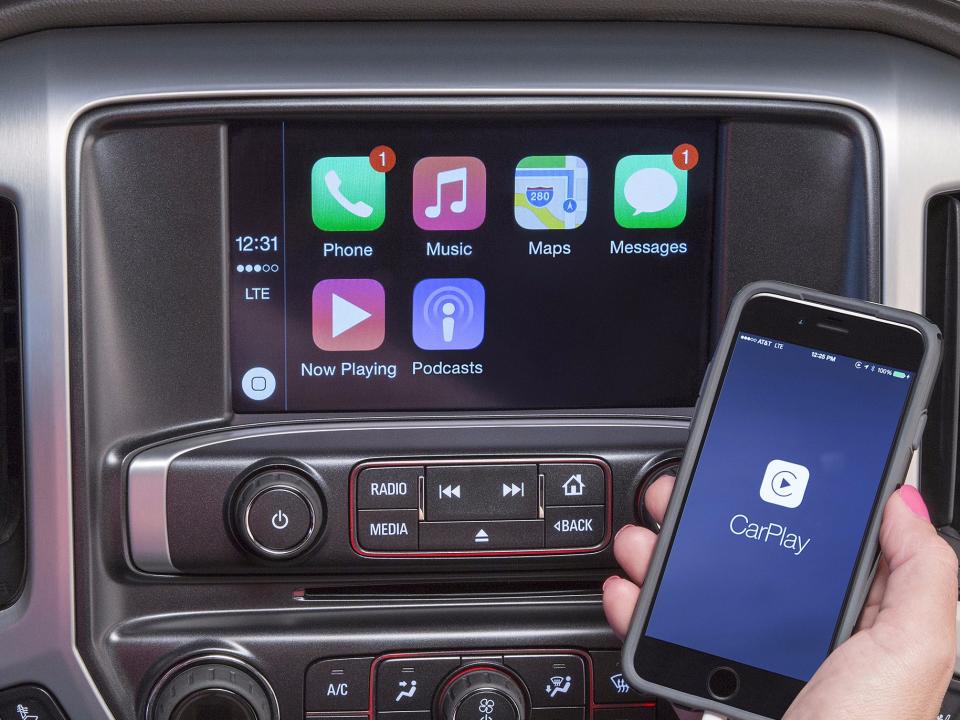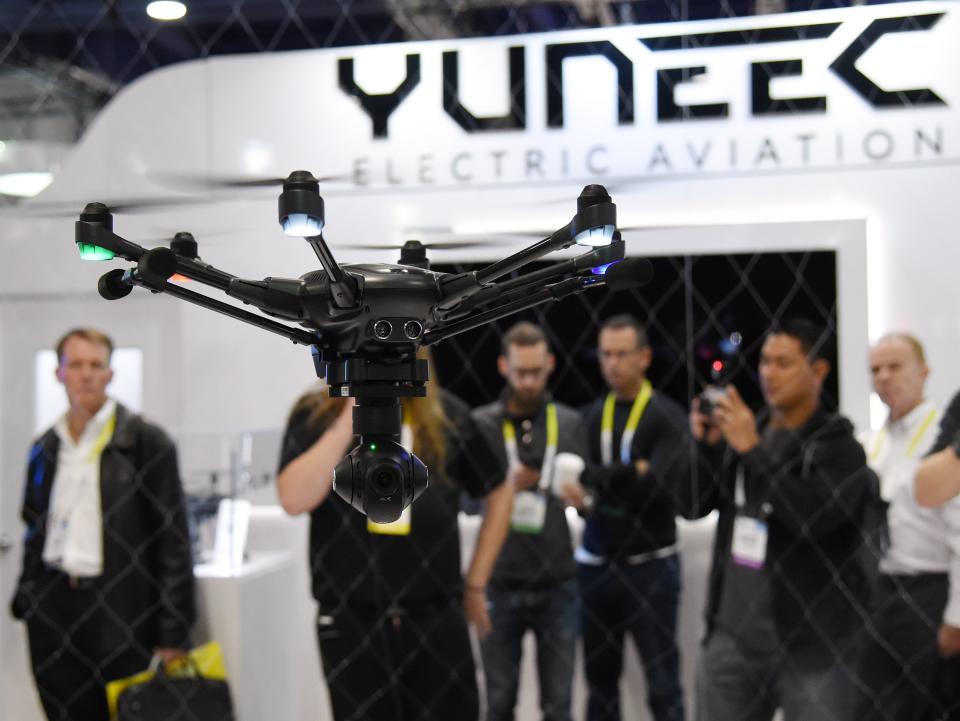What to expect this week at CES, the world's biggest gadget show

Going to CES, the huge consumer electronics show in Las Vegas, is guaranteed to leave your feet aching and your laptop and phone batteries drained. But if you pay attention and take good notes this show will reward you with a decent sense of where the electronics industry is going—as in, what it thinks you’ll want to buy in six to nine months.
Here’s what I’m expecting to see at the Consumer Technology Association’s annual conference, which officially starts on Thursday and ends on Sunday. This will be the 50th CES, and also somehow my 20th in a row. (That last bit already has me feeling tired.)
TV, as in UHD, as in HDR

Ultra High Definition TV, also known as 4K TV for its almost 4,000 pixels of horizontal resolution, is now on its sixth CES as a commercial reality. In 2012, it was an overpriced indulgence with near-zero content—first-generation sets didn’t even ship with the software and inputs required to receive most 4K content—but prices have dropped well below $1,000 and you have a wide and growing range of 4K video on streaming services and Blu-ray discs.
Along the way, UHD has gained a feature you can see even on smaller screens from couch-viewing distances: High Dynamic Range color, which puts a wider set of colors on the screen.
One thing to watch at CES: how cheap HDR UHD sets can get, as they’ve been more likely to be priced north of $1,000 (unlike UHD sets without HDR, which are already cheaper). Another: whether the pricing of fabulously thin OLED (organic light-emitting diode) TVs can get a little more competitive with that of LED-backlit LCDs (which are often called “LED TVs” to make this a little more confusing.)
One thing that UHD doesn’t have yet is over-the-air availability. There’s a standard called ATSC 3.0, a successor to today’s ATSC digital-TV technology, that will allow this, but it’s not done yet—which means my suggestion last January that we might see UHD TVs with broadcast support at this year’s CES will be wrong.
Smarter homes, but more secure ones too?

This should be an interesting CES for the vendors of connected appliances and other smart-home gadgets, and that’s not in a good way. After a bout of hacks that enslaved web-connected cameras into a botnet that staged massive denial-of-service attacks in the fall, vendors in this category had better have a good story to tell about things like secure default settings and automatic firmware updates—but I fear many of them won’t.
The other trend I’ll be watching for is how many smart-home devices will come set to take a spot in orbit around one of the three major home-automation platforms: Apple’s (AAPL) HomeKit, Amazon’s (AMZN) Alexa or Google’s (GOOG) Home.
Amazon’s head start and presumably substantial sales (it said sales of Alexa devices over the holiday season were nine times bigger than last year’s but didn’t offer any raw totals) should give it a wide lead.
Cheaper VR

Virtual reality has yet to meet the key test of mass-market success: I start getting tech-support questions about it from friends and readers. That may change this year as VR headsets get cheaper—Google’s Daydream View sells for $80 and should see support from more Android phones.
The VR support Microsoft (MSFT) will add in this spring’s Creators Update to Windows 10 should also help. So should the $299-and-up VR headsets from such vendors as Asus, Dell and Lenovo that are supposed to accompany this feature; I hope to try out some this week at CES.
What I may not see much of there: compelling VR entertainment that makes me want to buy a computer that I’ll have to strap onto my face.
Smarter cars

CES has started turning into an automotive-technology show (which means some car-focused journalists don’t get to home after CES and instead have to jump on a plane to Detroit to cover the North American International Auto Show, starting next week).
The features shown off that you’ll be likely to enjoy in the near future: connected-car systems to let your smartphone lend some of its IQ to the car, which include both platforms like Apple’s (AAPL) CarPlay and Google’s (GOOGL, GOOG) Android Auto as well as proprietary setups from individual automakers. As in prior years, I expect to see continued frustration as some car makers support Apple’s system but not Google’s or vice versa.
The ones that will take longer: autonomous-driving capabilities such as those in the Fusion hybrid that Ford (F) will show off at CES but won’t have ready to sell until 2021. There are intermediate, more limited levels of car autonomy possible before then, but they may have to nag drivers to keep paying attention even as the computer takes the wheel.
Droning on

The consumer drone market looks increasingly split in half. At one end, you have cheap, commoditized toys that people buy to fly around their house, at least until they lose one in a tree. At the other, you have sophisticated drones with the smarts to stay out of trouble and fancy picture-taking capabilities for “dronie” fans who have grown bored with mere selfies.
But the high-end drone market can be a tricky place. 3D Robotics placed a large bet on it with the Solo drone it introduced in 2015 and then saw that $999-and-up aircraft’s poor sales threaten its continued existence. Last year, GoPro had to recall its poorly received Karma drone to fix battery malfunctions. Meanwhile, once-obscure vendors like Yuneec are coming up with some of the better ideas in drone-dom.
The drone trend I’m happiest to see: Models designed to weigh under .55 pounds, which both exempts them from the Federal Aviation Administration’s registration requirement and limits the amount of damage they could do.
What you’re seeing play out here, and in most of the other markets at CES, is an old story that remains fascinating to watch: Once a given gadget approaches commodity pricing, what can companies to do make their own version of the gizmo in question stand out? If they can’t accomplish that, how low can prices get?
See more of Yahoo Finance’s coverage of CES:
Samsung’s Family Hub 2.0 is a refrigerator you can talk to
Samsung’s new washing machine will save you time and aggravation
The biggest busts from the world’s most renowned gadget show
Email Rob at [email protected]; follow him on Twitter at @robpegoraro.
